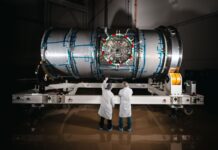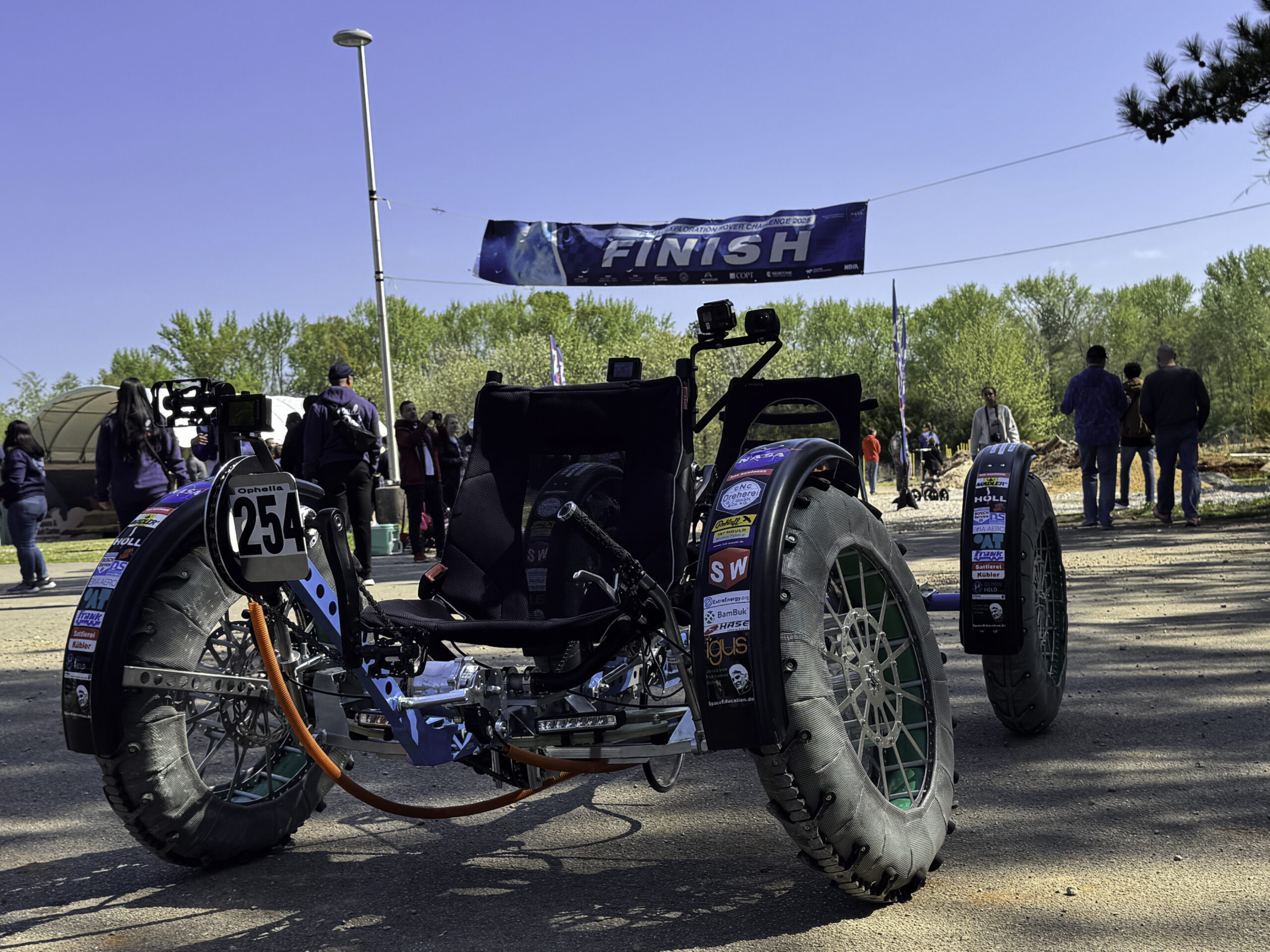NASA has recently unveiled the victorious student teams of the 2025 Human Exploration Rover Challenge, bringing together young minds from across the globe to showcase their engineering prowess. This year’s event tasked participants with the complex challenge of designing, constructing, and testing lunar rovers, powered either by human pilots or remote control systems. The competition, which continues to be a prestigious platform for budding engineers, took place at the U.S. Space & Rocket Center in Huntsville, Alabama, close to NASA’s Marshall Space Flight Center.
Human-Powered Division Victors
In the human-powered category, students had to rely on their engineering skills to build a rover that could be manually propelled. This category saw fierce competition, and ultimately, Parish Episcopal School from Dallas, Texas, emerged as the champions in the high school segment. Their innovative design and efficient execution set them apart from their peers. On the collegiate front, Campbell University from Buies Creek, North Carolina, clinched the top spot, showcasing their ability to blend creativity with practical engineering.
Remote-Control Division Champions
The remote-control division offered a different set of challenges, emphasizing the need for precision and technological adeptness. In this category, the Bright Foundation from Surrey, British Columbia, Canada, achieved first place in the middle and high school division. Their success underscores the increasing competence of young engineers in handling sophisticated control systems. For the college and university division, the Instituto Tecnologico de Santo Domingo in the Dominican Republic was victorious, highlighting their technical expertise and innovative approach.
Comprehensive List of Winners
Here is a detailed list of winners from various divisions:
Human-Powered Division:
- High School:
- First Place: Parish Episcopal School, Dallas, Texas
- Second Place: Ecambia High School, Pensacola, Florida
- Third Place: Centro Boliviano Americano, Santa Cruz, Bolivia
- College/University:
- First Place: Campbell University, Buies Creek, North Carolina
- Second Place: Instituto Tecnologico de Santo Domingo, Dominican Republic
- Third Place: University of Alabama in Huntsville
Remote-Control Division:
- Middle School/High School:
- First Place: Bright Foundation, Surrey, British Columbia, Canada
- Second Place: Assumption College, Brangrak, Bangkok, Thailand
- Third Place: Erie High School, Erie, Colorado
- College/University:
- First Place: Instituto Tecnologico de Santo Domingo, Dominican Republic
- Second Place: Campbell University, Buies Creek, North Carolina
- Third Place: Tecnologico de Monterrey, Campus Cuernavaca, Morelos, Mexico
A Global Gathering of Talent
The 2025 Rover Challenge marked its 31st year with over 500 students from around the world participating. A total of 75 teams represented 35 colleges and universities, 38 high schools, and two middle schools from across 20 U.S. states, Puerto Rico, and 16 other countries. The event challenged teams to navigate a half-mile obstacle course, complete mission-specific tasks, and undergo rigorous safety and design evaluations by NASA engineers.
A Broadened Horizon
In a bid to expand opportunities and inclusivity, NASA introduced a remote-control division this year, named the Remote-Operated Vehicular Research. This new addition invited middle school students to join the competition, thereby nurturing young talent from an early age.
Vemitra Alexander, the challenge lead from NASA’s Office of STEM Engagement at Marshall, emphasized the importance of such initiatives. “This student design challenge encourages the next generation of scientists and engineers to engage in the design process by providing innovative concepts and unique perspectives. This challenge also continues NASA’s legacy of providing valuable experiences to students who may be responsible for planning future space missions, including crewed missions to other worlds,” she commented.
Aligning with Artemis Goals
The Human Exploration Rover Challenge is part of NASA’s broader Artemis Student Challenges, which align with the objectives of the Artemis campaign. The campaign aims to land humans on the Moon, establish a sustainable presence for scientific research, and prepare for future manned missions to Mars. Engaging students in such challenges is crucial in motivating them to pursue careers in science, technology, engineering, and mathematics (STEM).
Managed by NASA’s Southeast Regional Office of STEM Engagement at Marshall, the competition has seen participation from over 15,000 students since its inception in 1994. Many of these students have gone on to work at NASA or within the aerospace industry, contributing to advancements in space exploration.
For more information about the Human Exploration Rover Challenge, interested readers can visit NASA’s official page: https://www.nasa.gov/roverchallenge/home/index.html.
This annual event not only tests the technical abilities of students but also fosters a spirit of innovation and collaboration, preparing a new generation to tackle the challenges of space exploration with creativity and determination.
For more Information, Refer to this article.

































